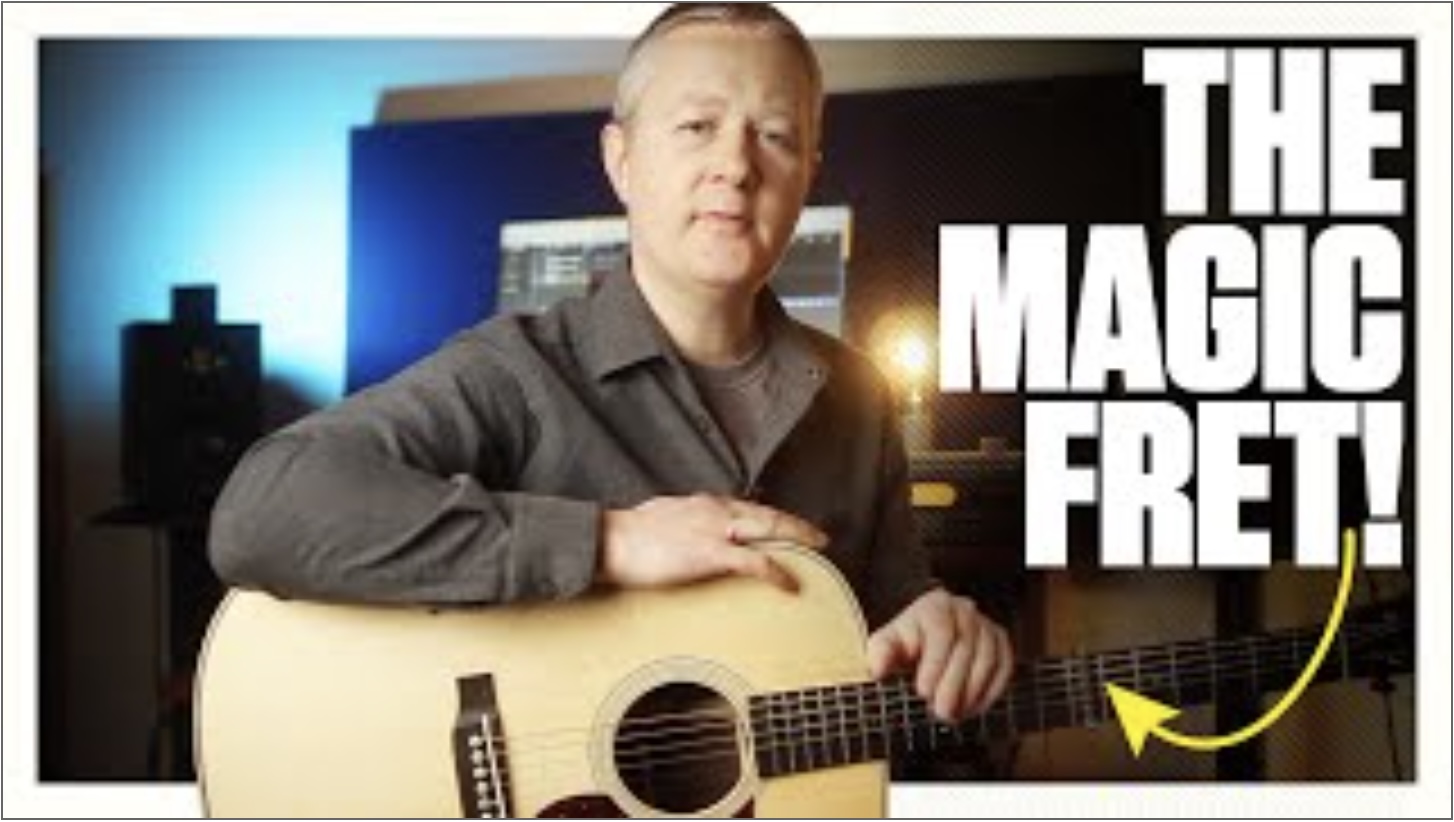Investigating the Hirajoshi Scale

All rock guitar players play repetitive sequences in their solos, and I have found it very useful to utilize a systematic approach.
Last month, I introduced a few approaches based on the standard minor pentatonic scale, spelled 1 b3 4 5 b7.
This month, I’d like to expand our look at minor pentatonic phrases to a more unusual minor pentatonic scale, what’s called the Hirajoshi scale. The Hirajoshi scale is of Japanese origin, derived from the tuning system of the koto. For this reason I refer to it as “eastern” minor pentatonic versus the more commonly used “western” minor pentatonic scale.
For many years now, guitar players in different genres, such as rock, metal, jazz and fusion, have incorporated the Hirajoshi scale into their solos; a great example of someone who has done this a lot is legendary metal guitarist Marty Friedman.
Whenever I practice scale patterns, I like to apply two basic approaches: 1) traversing the length of the fretboard on one, two or three strings; or 2) remaining stationed in a single position and moving across all six strings. This way, I’m able to conduct a thorough investigation of the different ways in which to navigate through a scale on the fretboard.
In my previous column, I demonstrated repeating four-note patterns that move up and down the fretboard while remaining diatonic to (within the scale structure of) minor pentatonic. Let’s now apply this same approach to the Hirajoshi scale. Hirajoshi is sort of a five-note version of the natural minor scale, also known as the Aeolian mode: (1 2 b3 4 5 b6 b7).
FIGURE 1 illustrates the E natural minor scale as played in 12th position, and FIGURE 2 shows the “western” E minor pentatonic scale (1 b3 4 5 b7) played in the same position. To get Hirajoshi from natural minor, omit the fourth and seventh. This leaves us with the intervallic sequence 1 2 b3 5 b6. In the key of E minor, these notes are E F# G B C, as shown in FIGURE 3. As we had done last month, let’s instill four-note patterns on the top two strings that will be moved up and down the fretboard.
In bar 1 of FIGURE 4, I play the second, fourth, second and first notes of the scale: F# B F# E. In bar 2, I play the second, third, second and first notes: F# G F# E. As you can see, there is only a one-note difference between the two sequences. The pattern is shown in quarter, eighth and 16th notes. Let’s now move this melodic sequence up and down the board while remaining diatonic to the E Hirajoshi scale, as shown in FIGURES 5 and 6, starting with eighth notes and moving to 16ths. Strive for clear articulation and smooth, evenly executed hammer-ons and pull-offs throughout.

Get The Pick Newsletter
All the latest guitar news, interviews, lessons, reviews, deals and more, direct to your inbox!






![Joe Bonamassa [left] wears a deep blue suit and polka-dotted shirt and plays his green refin Strat; the late Irish blues legend Rory Gallagher [right] screams and inflicts some punishment on his heavily worn number one Stratocaster.](https://cdn.mos.cms.futurecdn.net/cw28h7UBcTVfTLs7p7eiLe.jpg)



